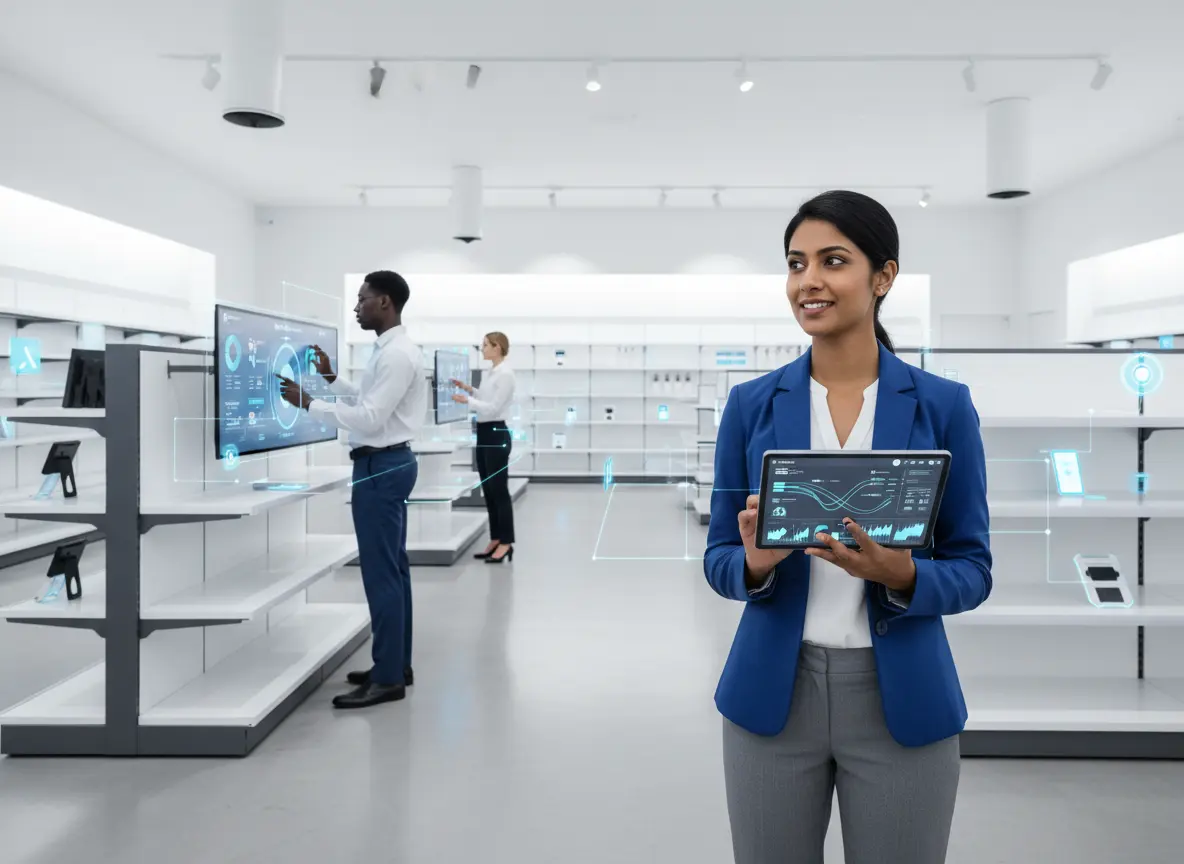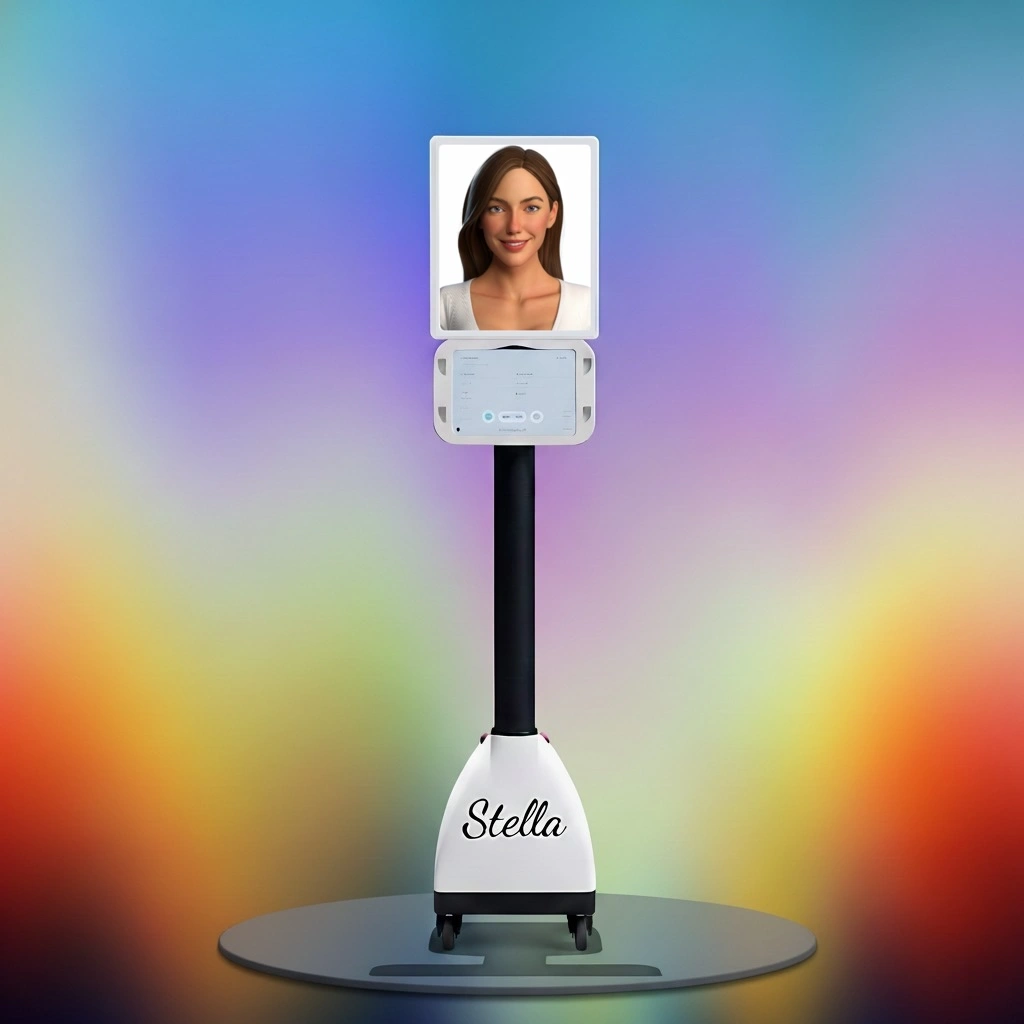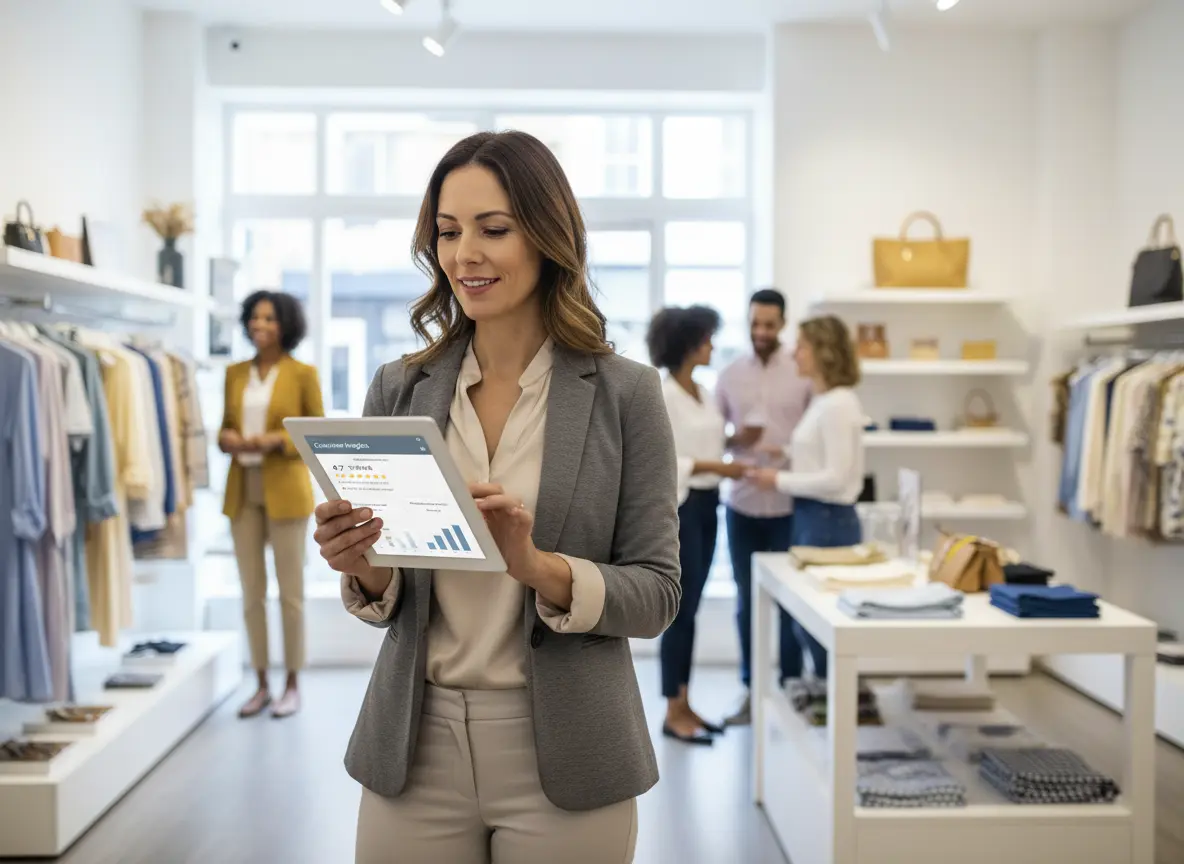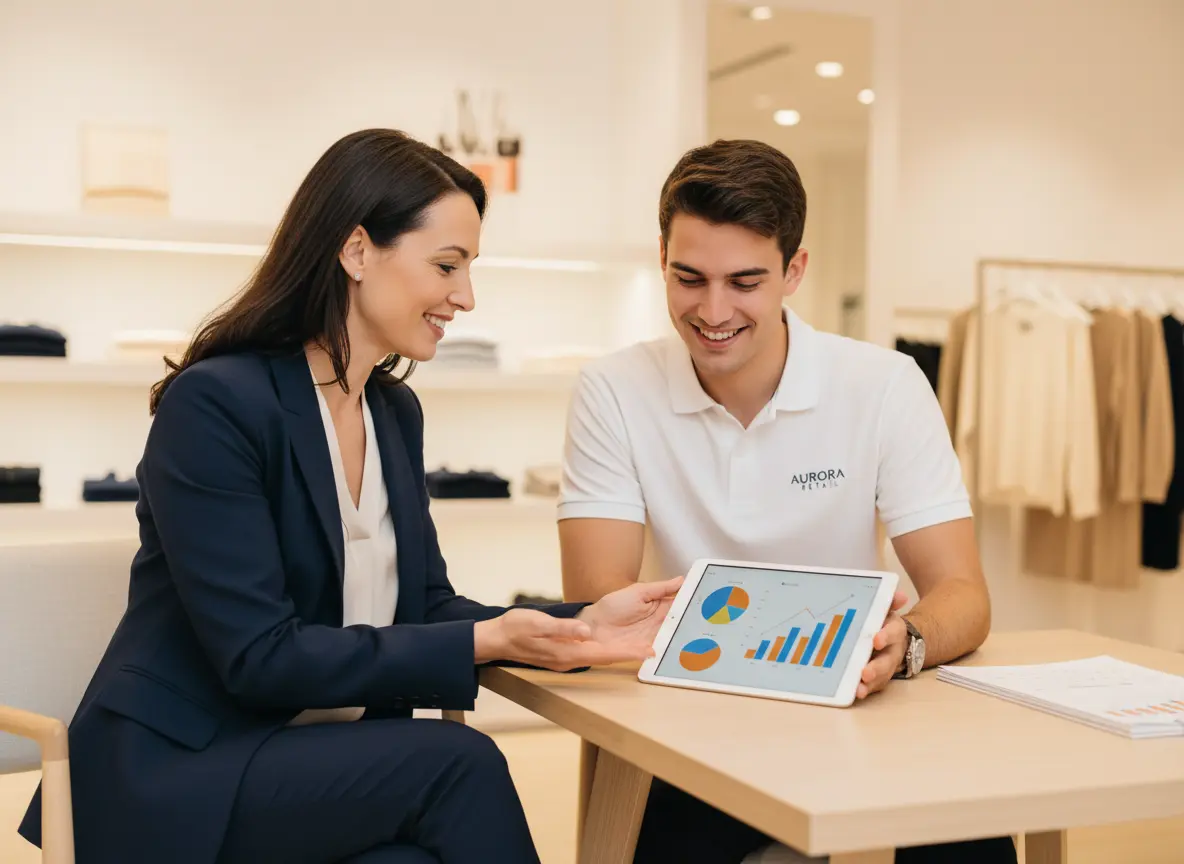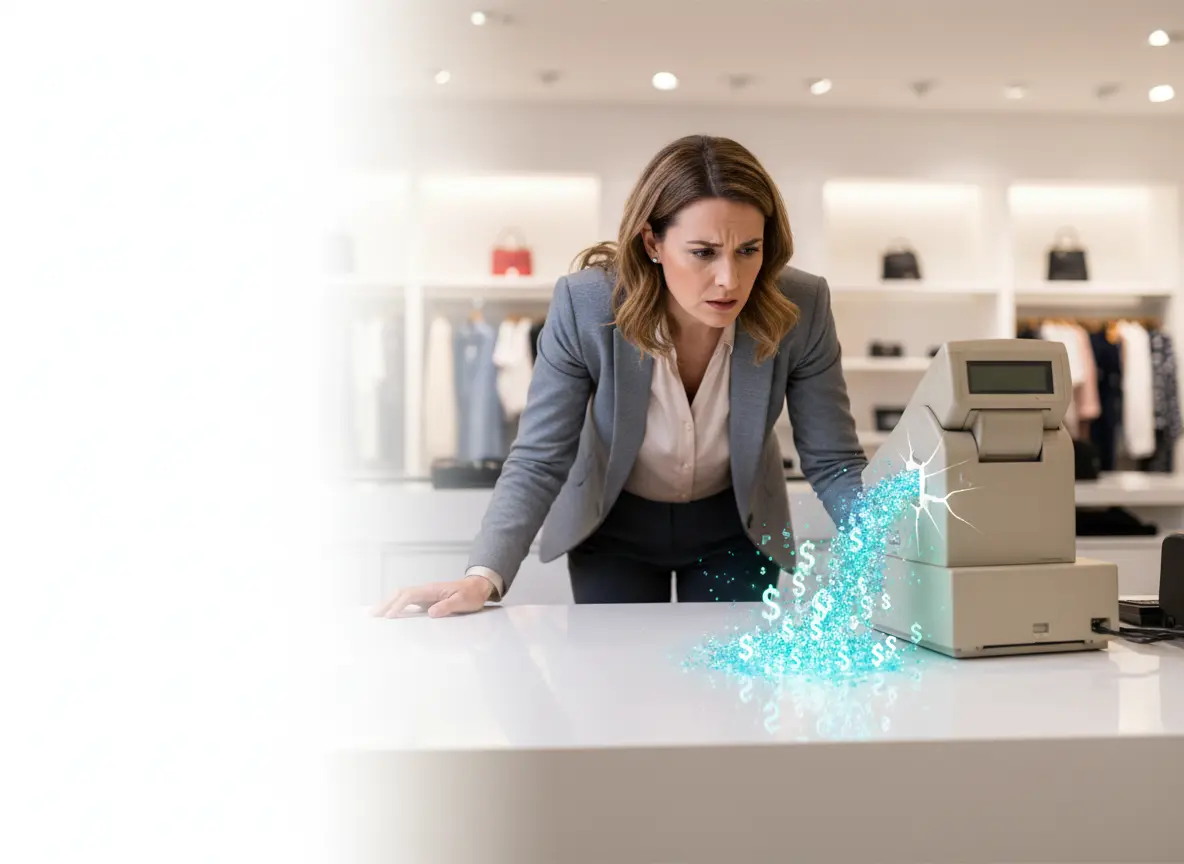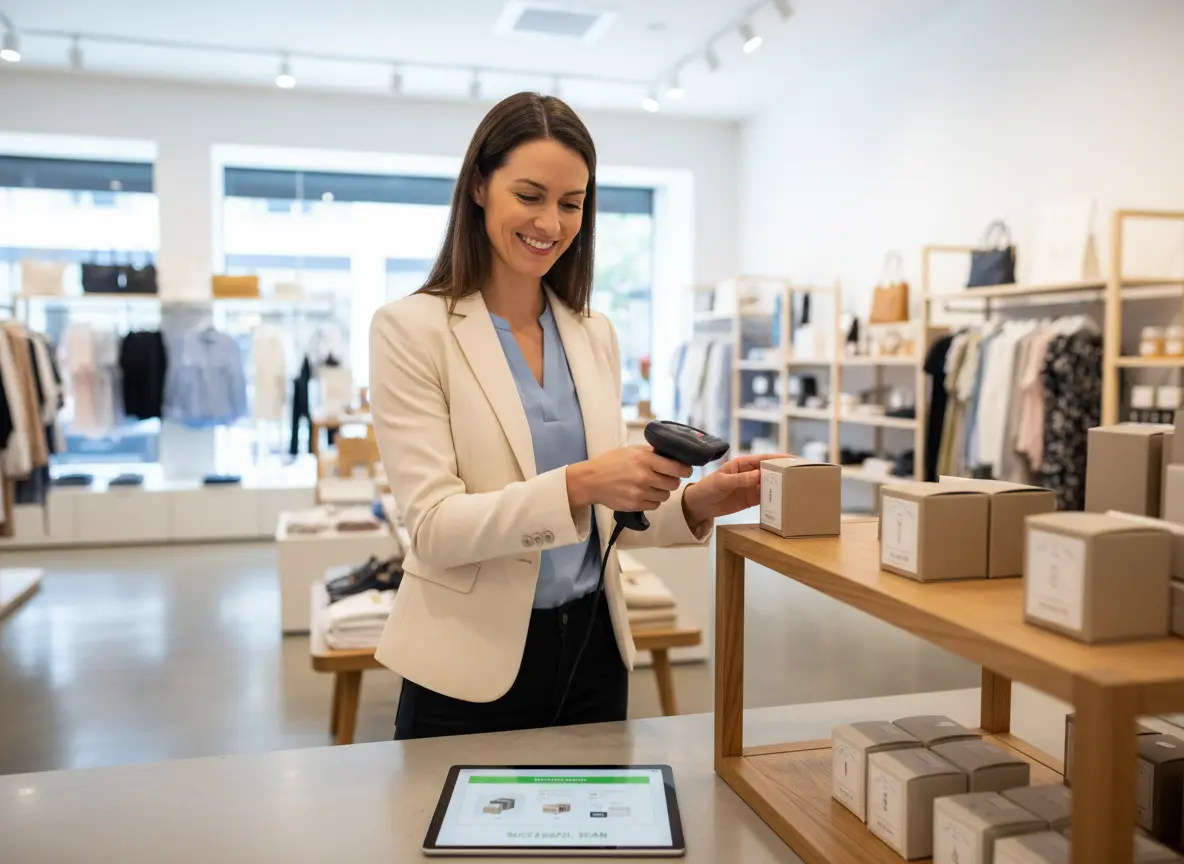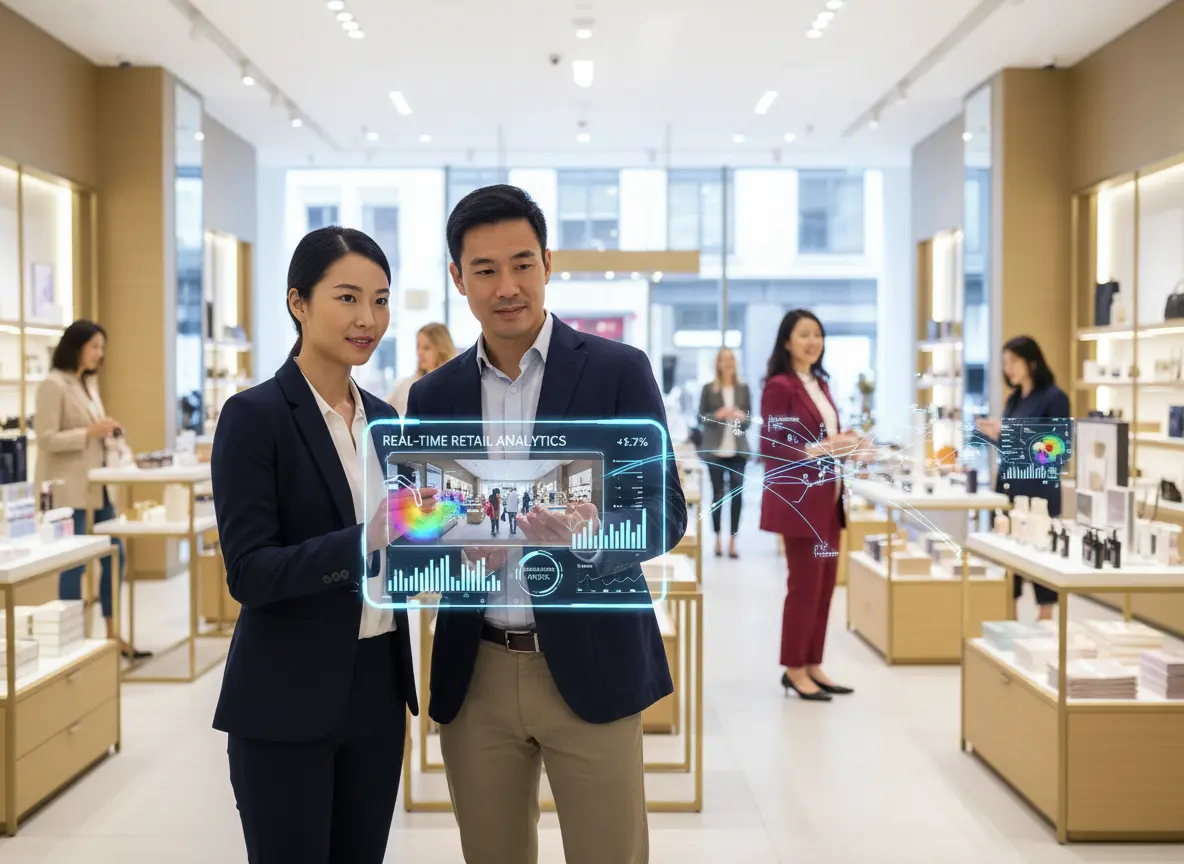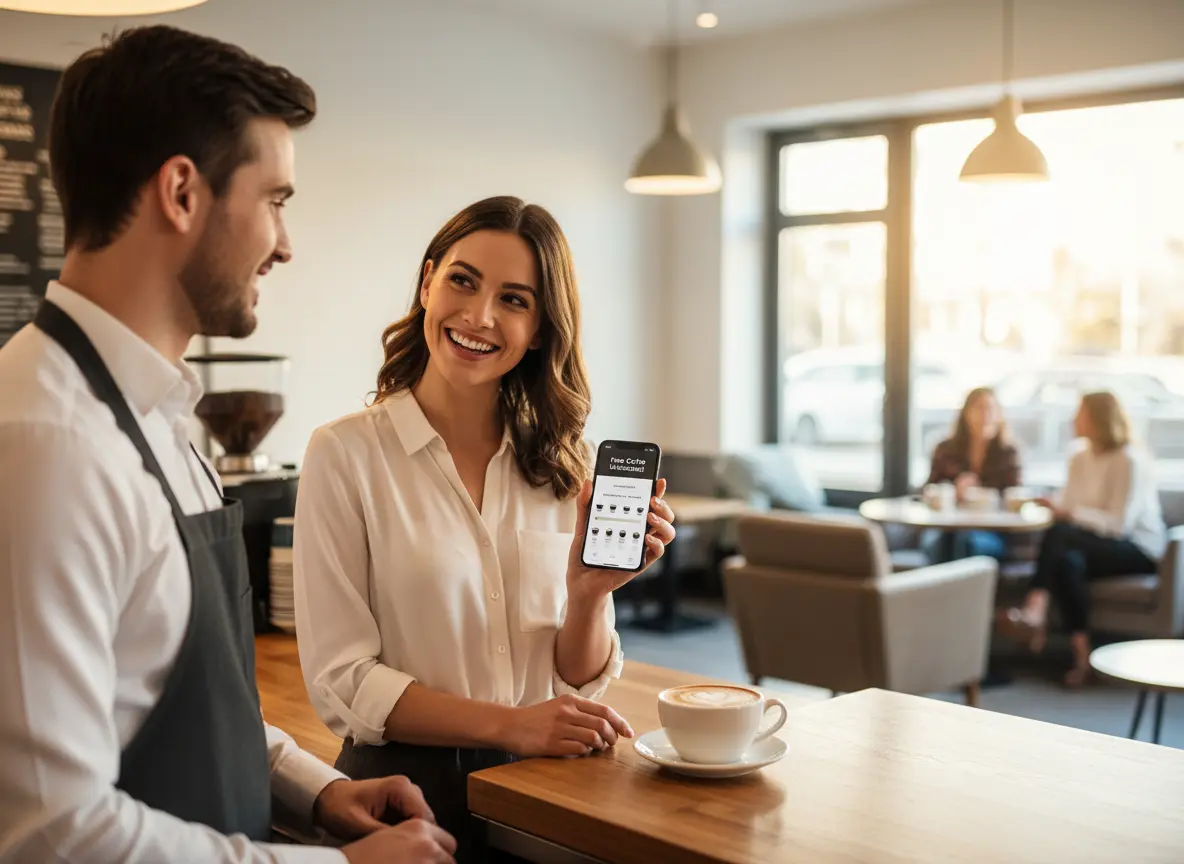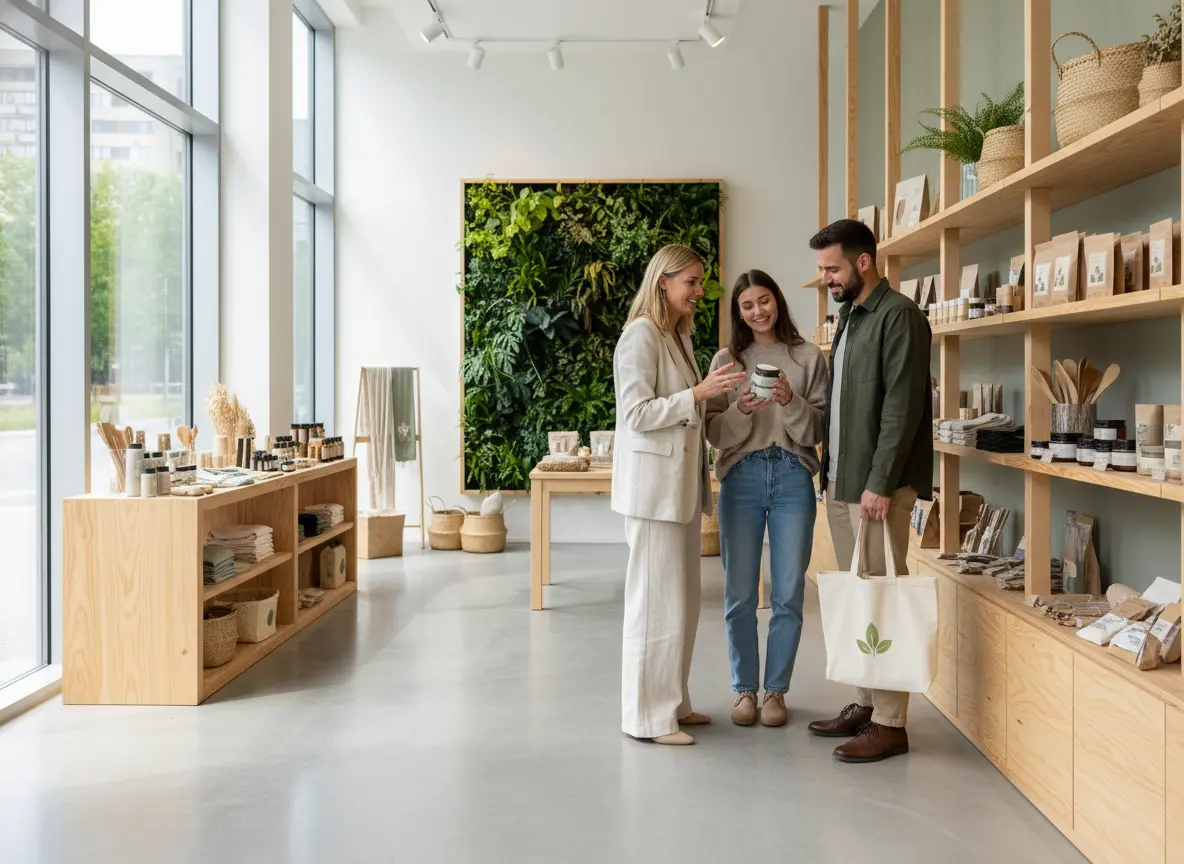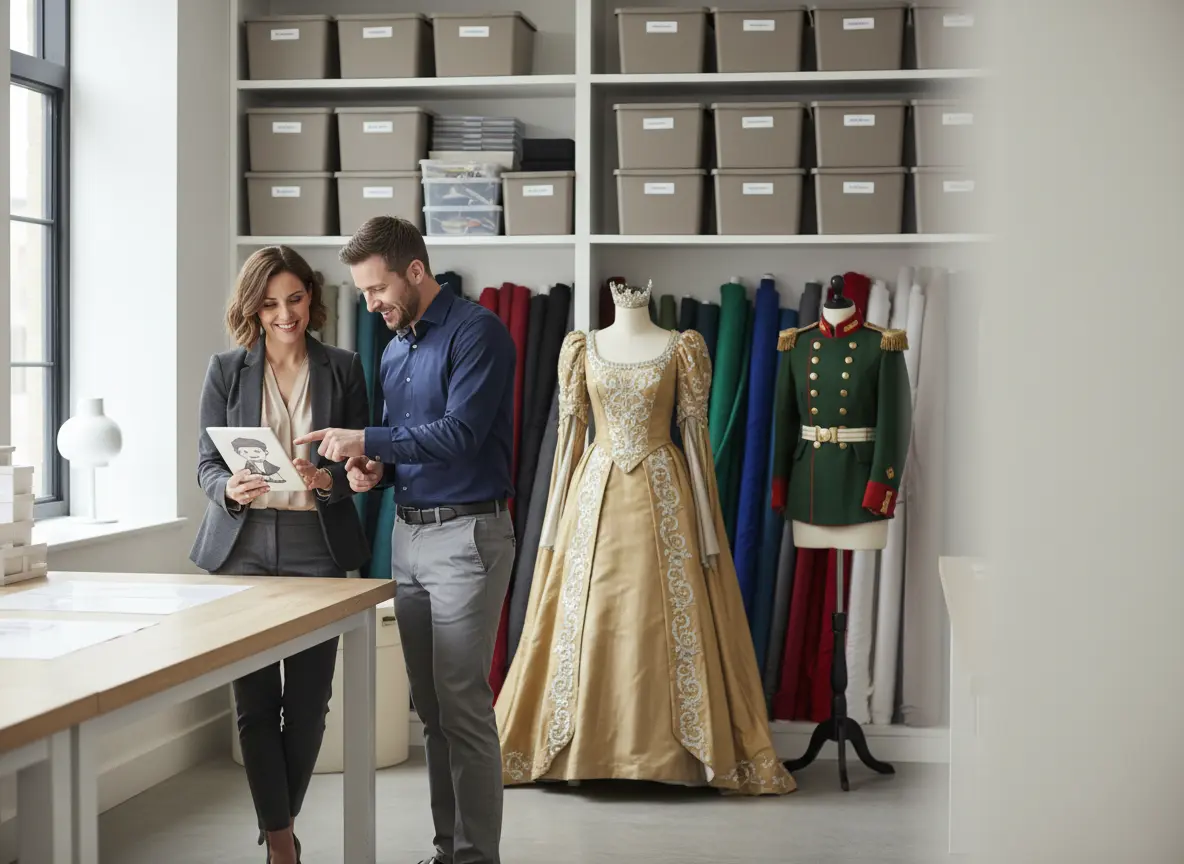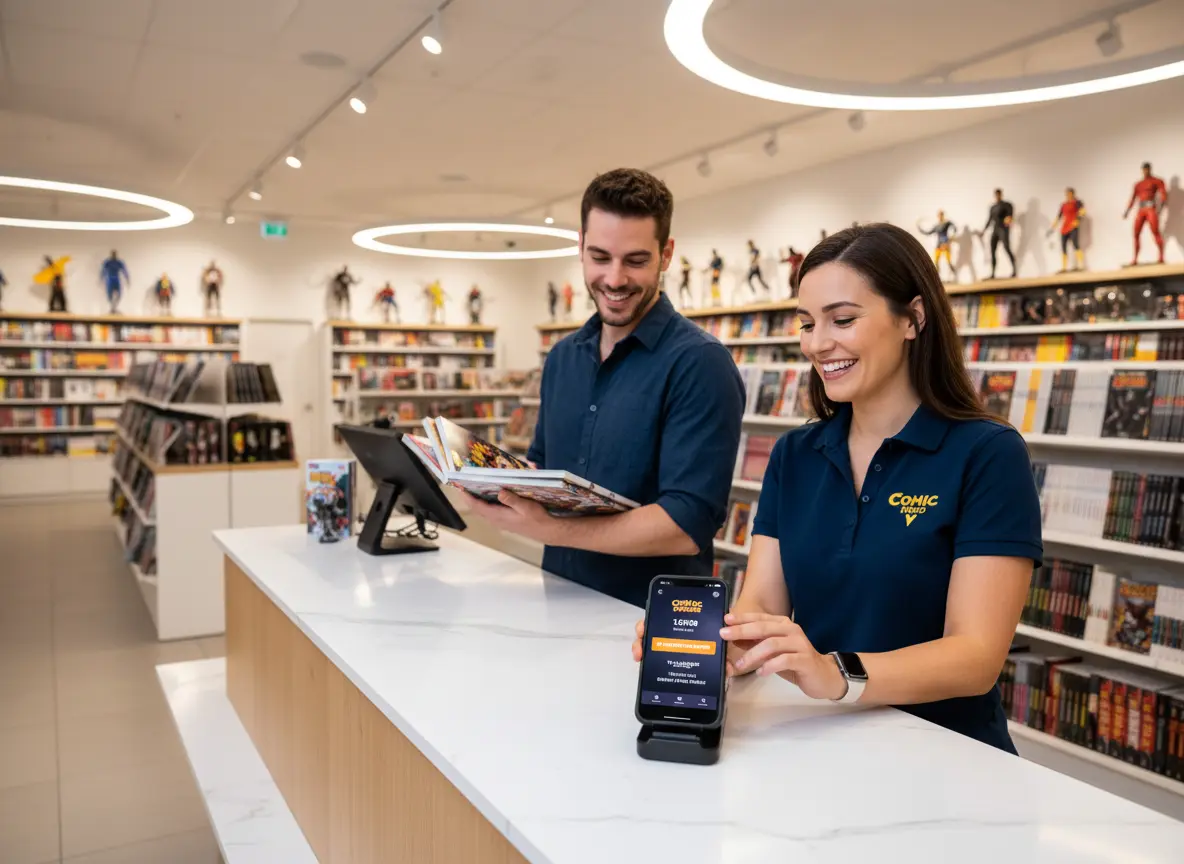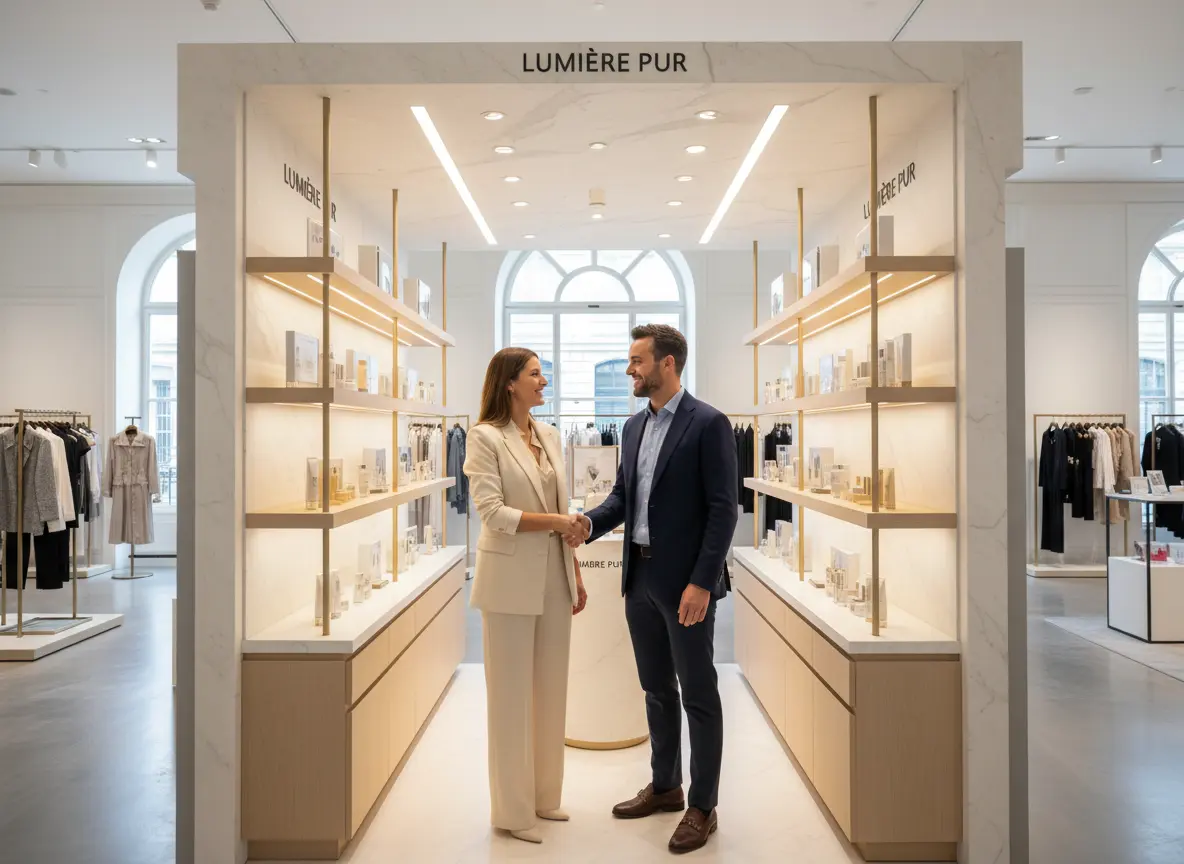Let's Be Honest: Your To-Do List Has a To-Do List
Remember that idyllic dream you had when you decided to open a retail store? The one filled with beautifully curated products, the gentle chime of the door, and delightful conversations with customers who adore everything you sell? And then reality barged in, tracked mud on your freshly mopped floor, and handed you a three-page invoice for a shipment you don't remember ordering.
Running a retail store in the 21st century is less about being a shopkeeper and more about being a master juggler. You’re the inventory manager, the marketing director, the HR department, the chief financial officer, and, on Tuesdays, the person who has to fish a toy car out of the toilet. All this while trying to compete with online giants who have more data on your customers than you do. It’s exhausting.
But what if you could give your store a brain upgrade? What if you could automate the tedious, predict the unpredictable, and charm every customer, all without cloning yourself? Welcome to the world of the Internet of Things (IoT)—a fancy term for simple, connected devices that are here to make your life infinitely easier. Don't worry, this isn't about turning your boutique into a sterile tech lab. It's about using smart tools to solve dumb problems.
Beyond the Barcode Scanner: IoT for a Smarter Backroom
The backroom. It's the nerve center of your operation, and, let's face it, probably the source of 80% of your headaches. It's where profit margins go to die amidst disorganized stock and inefficient systems. IoT is here to perform an operational exorcism, casting out the demons of inefficiency one smart sensor at a time.
The End of "I Think We Have That in the Back..."
There are few phrases more soul-crushing for a customer than hearing a salesperson say, "Let me go check," only to disappear into a mysterious backroom dimension for ten minutes and return empty-handed. This is where smart inventory management comes in. Technologies like RFID (Radio-Frequency Identification) tags and smart shelves provide a real-time, 24/7 view of your stock levels.
- How it works: Each item gets a tiny RFID tag. Shelves or checkout systems are equipped with readers that automatically track every single item in your store. You know exactly what you have and where it is, down to the last argyle sock.
- The payoff: Stockouts, which cost retailers an estimated $1 trillion globally each year, become a thing of the past. You get automated reorder alerts, dramatically reduce time spent on manual inventory counts, and can finally pinpoint where that "shrinkage" is actually happening. No more guesswork, just data.
Your Thermostat is Smarter Than Your Average Intern
Overhead costs, particularly utilities, are the silent killers of a retail budget. You’re essentially paying to light and heat a space for ghosts after hours. Smart climate and lighting systems are the low-hanging fruit of IoT implementation. These aren't just fancy programmable thermostats; they're intelligent systems that learn your store's rhythm. They can connect to sensors that detect foot traffic, dimming lights in empty aisles or adjusting the A/C based on how many warm bodies are in the store. This alone can slash your energy bills by 15-30%, which is money that goes directly back into your pocket—or your budget for that much-needed espresso machine.
Predictive Maintenance: Fixing Problems Before They Explode
Nothing ruins a Tuesday quite like a foundational piece of equipment giving up on life. The walk-in freezer full of expensive gourmet ice cream dies, the A/C unit quits on the hottest day of the year, or the POS system crashes during the holiday rush. IoT sensors can be placed on your critical equipment to monitor performance and predict failures before they happen. You'll get an alert on your phone saying, "Hey, the compressor on Freezer #2 is vibrating weirdly," giving you time to call a technician for a cheap, simple fix instead of a four-figure emergency replacement and a very sad, soupy mess.
Creating an Experience, Not Just a Transaction
Once the backroom is humming along, it's time to focus on the floor. In an age where customers can buy anything from their couch, the in-store experience is your ultimate competitive advantage. It's your secret weapon. And IoT can help you sharpen it.
The Greeter Who Never Needs a Coffee Break
Your staff is amazing, but they can't be everywhere at once. They're helping a customer in aisle three, restocking a shelf, or processing a return. Meanwhile, a new shopper walks in, feels unseen, browses for 30 seconds, and leaves. That's a missed opportunity. Imagine a team member at your entrance whose sole job is to greet every single person, share the day's promotions, and answer basic questions. This is where tools like Stella, the in-store robot assistant, are changing the game. She’s not here to replace your people; she’s here to be their ultimate wing-bot, ensuring no customer ever feels ignored and freeing up your human staff to handle the more complex, high-value interactions that actually close sales.
Digital Signage That Actually Sells
Are your paper signs about the "20% Off" sale looking a little...sad? Taped to the wall and stained with coffee? Dynamic digital signage can do so much more. Connected to the internet and simple sensors, these signs can change their content based on real-world triggers. Is it raining outside? The sign by the door can automatically feature your collection of stylish umbrellas. Is it 3 PM on a sweltering July day? Time to promote the cold brew specials. This level of relevance grabs attention and feels incredibly personal to the shopper, making them far more likely to take action.
Data is the New Gold Rush (And You're Sitting on a Mine)
For years, e-commerce sites have had a massive advantage: they know everything. They know what you clicked, how long you looked at it, and what you almost bought before changing your mind. IoT finally brings this level of intelligence to brick-and-mortar stores, and it’s less "Big Brother" and more "Brilliant Business Owner."
Understanding the Mysterious Customer Journey
Have you ever wondered why no one ever seems to go down aisle four? Or which end-cap display is actually working? Foot traffic analytics, using discreet sensors or video analysis, can create a heatmap of your store. You can see:
- Popular paths: Where do customers go first? Where do they linger? -
- Dead zones:
- Which areas are consistently ignored?
- Dwell times: How long do people spend looking at that new designer handbag display?
This isn't just cool data; it's a roadmap for optimizing your store layout. You might discover that moving your best-sellers to the back encourages customers to walk past more merchandise, increasing the average basket size. Knowledge is power, and in retail, it's also profit.
Personalization That Isn't Creepy
There's a fine line between helpful personalization and downright creepy surveillance. IoT helps you walk that line perfectly. Using technologies like Bluetooth beacons, you can interact with shoppers who have opted-in via your store's app. When a loyal customer who has previously bought running shoes walks into the athletic apparel section, you can send a gentle push notification to their phone: "Welcome back! Check out the new trail-running shoes that just arrived." It feels less like an ad and more like a helpful tip from a savvy salesperson.
Making A/B Testing a Physical Reality
Online stores are constantly A/B testing everything from button colors to headlines. Why shouldn't you? With IoT data, you finally can. Set up Display A on your main promotional table for one week and track the foot traffic, dwell time, and sales generated from it. The next week, swap in Display B and compare the numbers. No more relying on a "gut feeling" about which merchandising strategy works best. You'll have cold, hard data to back up your decisions, allowing you to iterate and improve your sales floor with scientific precision.
A Quick Reminder About Stella
While you’re busy optimizing layouts and analyzing heatmaps, don't forget the first five seconds of the customer experience. An AI retail assistant like Stella ensures every shopper is greeted, informed, and engaged from the moment they walk in. She works tirelessly to turn that valuable foot traffic into loyal, happy customers.
Conclusion: Your First Step into the Smart Store
The idea of a "smart store" can feel intimidating, like you need a degree from MIT and a Silicon Valley-sized budget to get started. You don't. The future of retail isn't about a sudden, robotic takeover. It's about a gradual, intelligent evolution. It's about using technology to eliminate tedious tasks and unlock powerful insights, freeing you and your team to focus on the human element that makes retail special.
So, where do you begin?
- Start small. Don't try to do everything at once. Pick one area of your business that gives you the most grief.
- Identify the biggest pain point. Is it inaccurate inventory? Sky-high energy bills? Customers walking out unnoticed?
- Research one solution. Look into a smart thermostat. Explore RFID tags for your most valuable items. Check out how an in-store assistant could transform your entryway.
The goal isn't to replace your intuition and passion with algorithms. It's to augment it. Give your store the upgrade it deserves. Your balance sheet (and your sanity) will thank you for it.
